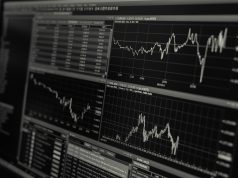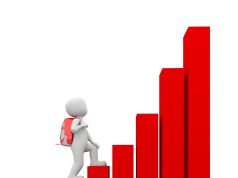U.S. Treasury Secretary Steven Mnuchin predicted in 2017 that the stock market would « go higher » if the administration’s tax cut bill was approved. And while some are yet to be convinced, there is now plenty of evidence that he was right.
Late 2017 and early 2018 saw strong bullish movement, before U.S. stocks hit a bump in the road, falling strongly in the last quarter of 2018. Nevertheless, most indices have now bounced back.
Since the Republican tax cut bill became law, many American companies have repatriated huge amounts of earnings held abroad.
However, very few companies used this windfall to increase salaries. Instead, most decided to reward their shareholders with higher stock buybacks and dividend programs, which have had a major impact on investors’ strategies.
These buyback programs also mean that the remaining shareholders now own more of the companies in question and enjoy greater earnings per share, which is attractive for people trading these stocks.
Fresh trading opportunities have been created as newly available funds have been spent in other areas of the economy. The cash injection – taxed at just 21% instead of 35% – has been used to develop new industrial projects in the United States, improving employment numbers.
With more people in work and receive salaries, the retail sector – the main engine of the U.S. economy – has received a shot in the arm. The tax cuts have boosted economic growth, giving millions of Americans a higher standard of living and more disposable income to spend, save or invest.
When trading the financial markets, you need to be aware of events that can cause volatility, as your trading performance will depend on the price swings of your chosen assets.
Remember to always monitor the economic calendar, as this will keep you up to speed on the decisions, events, speeches, meetings and reports that help to define the momentum of the markets.
















